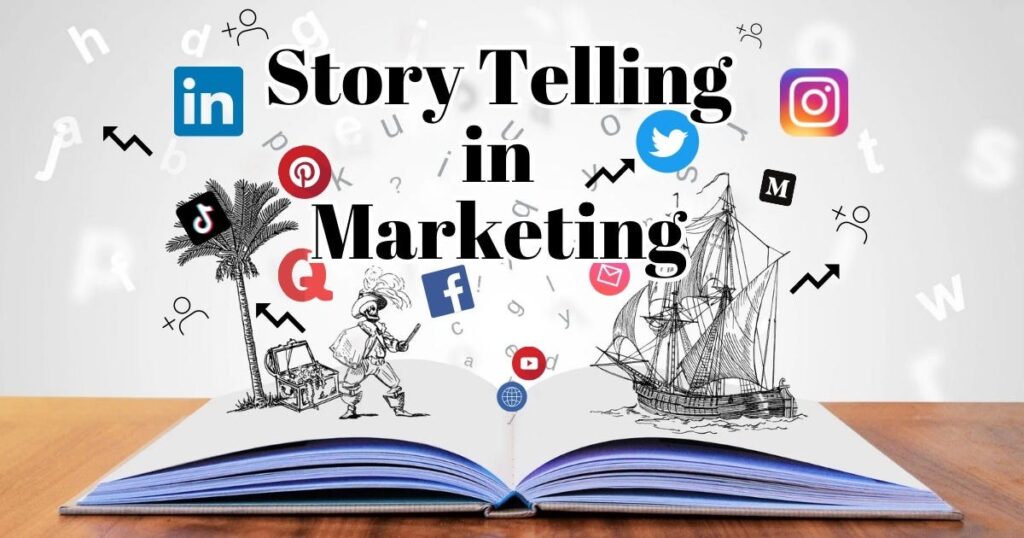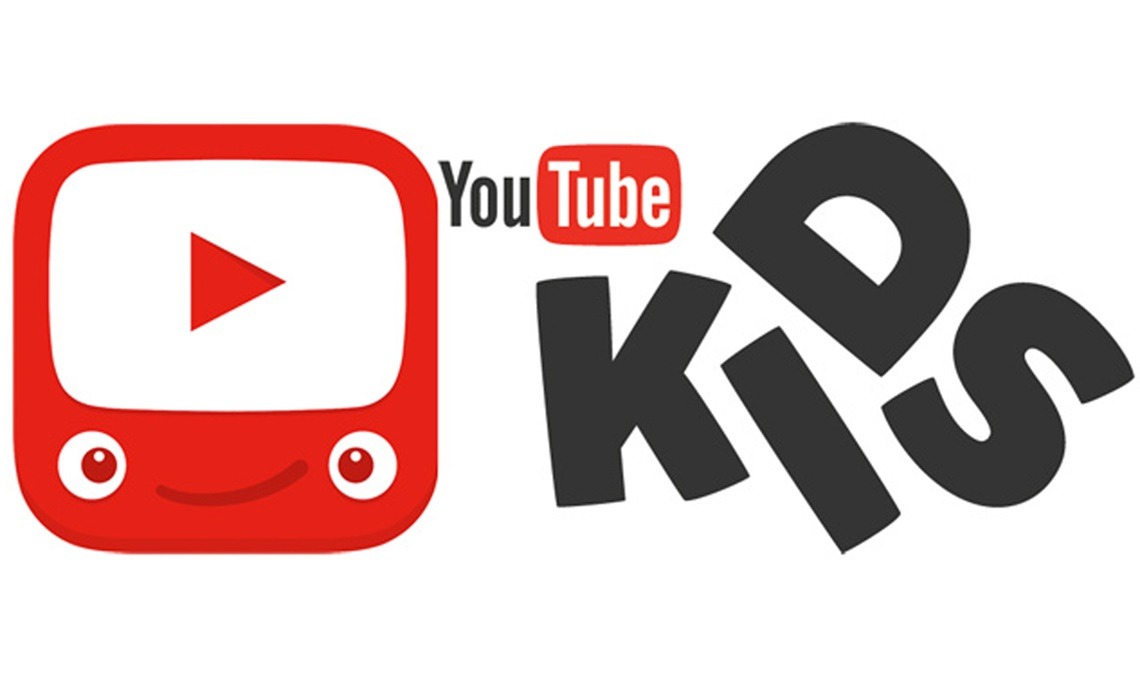Storytelling in marketing is a powerful tool that will allow your brand to connect with its audience on a deeper level. By crafting compelling narratives, you can evoke emotions, build trust, and ultimately drive consumer engagement and loyalty. In this blog post, we will delve into the key elements of effective storytelling in marketing, provide examples of successful brand narratives, and offer you tips for creating your own compelling stories.
The Power of Storytelling in Marketing
One of the main reasons why storytelling is so important in marketing is because it helps to humanize a brand. Your consumers are more likely to connect with your brand, which helps relate stories and experiences rather than just push your products or services. By weaving a narrative that resonates with your target audience, your brands can create a sense of authenticity and trust.
- Connection with target audience
This social connection to your target consumers is very important in using brand social media for brand advocate and customer engagement. If your consumers can identify with your product through storytelling, then you are likely to get repeated business out of it, not to mention the additional effect of them referring other people to your brand. Based on learning the key values, interests, and concerns of your audience, you will be able to impact them more emotionally and engage their deeper thoughts with meaningful storytelling. These feelings of affection, then, result in consumer advocacy, positive word of mouth recommendations, and, arguably, improved revenues for your brand.
- Differentiation from competitors
An important step towards achieving an appealing familiar tone with respect to them as well as forming close-knit bonds with out community is through depicting distinction from rivaling advertisers. This is important because when the specific characteristics which make the brand different from others and why the customer should consider the brand over other brands in the market are communicated, there is tendency for the customer to choose the brand in question. This can be attained by use of story telling, that points to the experience of the brand, reasons why it exists and its focus to meeting consumers’ needs. By highlighting and advocating these points, brands get attention in a market that often acts as overcrowded and procure the customers that identify with the brand.
- Increased brand loyalty and engagement
This method of creating an emotional link with your target audience is advantageous since it tends to make the customers loyal and interested in the brand. This makes the customers remain devoted to a brand due to the feeling like they have met the brand and are now friends. They can bring back business, start recommending the product to others, and even support the brand. Loyal customers are also likely to be advocates of the brand through activities such as supporting the brand on social media, attending events and joining loyalty programs all of which enhances their loyalty towards the brand. Ultimately, this can result in fostering better customer lifetime value and market advantage due to customers placing their trust and interest.

Elements of a Compelling Brand Narrative
This is where the concept of a brand story comes into play as it enables the creation of such an emotional bond with customers. It involves presenting a narrative that the audiences can easily relate to, switched on aspects such as brand ethos, vision, the mantra and strength. It is the authenticity that is created that forms the essence of the story through which the consumer of a brand is able to relate to the brand. It can also help them distinguish themselves from competitors and build up a great base for a sustainable high market position.
– Brand clarity and values
Brand clarity and identity are crucial elements in creating a good brand image as they provide direction in achieving your brand’s objectives. Consequently, the importance of a coherent position and set of values in the framework of your brand story cannot be overstated. This entails establishing the identity of your brand, its values, and the fundamental principles by which your brand seeks to operate.
In essence, by illustrating these values to your customers, you are able to create a good perception of your brand, which can assist in building a connection with your customers. This can aid in swiftly establishing a bond of trust because your clients base their decisions on the virtues they hold dear. Hence, when your brand is well established, it will have a unique identity that sets it apart from other brands and gives it a competitive edge in the market, ensuring your consumers remain loyal to you.
– Relatable characters or personas
Some of these pop cultures may include characters or what you can refer to as personas. Such characters or personas created even within a particular brand’s strategy can also ground them and be engaging for consumers. Thus, if the brands take aspects related to customers’ perception and identify those that are personal then the brands in turn establish human touch. This results in improved customer interest since it can be said people feel connected to brands that depict aspects of their identities. Finally, identification with the actual characters or with personas in branding enables a brand to develop a long-term bond with the purchasing public and customers in particular, and thus achieve brand loyalty as well as the dream of a long-lasting successful brand.
- Conflict and resolution to engage audience
By incorporating conflict into their brand storytelling, companies can further captivate their audience and keep them invested in the narrative. Whether it’s a challenge that the brand overcomes or a relatable struggle that their target market faces, conflict adds depth and intrigue to the brand’s persona. When this conflict is resolved in a way that resonates with consumers, it not only generates interest and curiosity but also reinforces the brand’s values and mission.

Crafting Your Brand Story
When crafting your brand story, it’s important to consider the key elements that will resonate with your target audience. Start by identifying the central conflict or challenge that your brand faces, and think about how this can be portrayed in a way that will capture the attention of your consumers. Remember, a compelling brand story is not just about selling a product or service – it’s about creating a meaningful and lasting relationship with your customers.
- Start with a strong opening
Consider opening your brand story with a powerful statement that grabs the attention of your audience and sets the tone for the rest of your narrative. This could be a bold declaration of your brand’s mission, a thought-provoking question, or a captivating anecdote that draws readers in and makes them want to learn more. By starting with a strong opening, you can pique the curiosity of your audience and set the stage for the rest of your brand story to unfold.
- Develop a cohesive storyline
Crafting a cohesive storyline is essential for engaging your audience and keeping them interested in your brand story. Think about the key elements of your brand, such as your values, mission, and unique selling points, and weave them together in a way that creates a compelling narrative. Consider how each element connects to the next, building upon each other to create a seamless and engaging story that resonates with your audience. By developing a cohesive storyline, you can create a strong foundation for your brand story and ensure that it resonates with your customers on a deeper level.
- Include emotional appeal and authenticity
One way to do this is by infusing your brand story with emotional appeal and authenticity. Share personal anecdotes or experiences that demonstrate your brand’s values and mission in action. Show your audience the real people behind your brand and the passion they have for what they do. This authenticity will help to build trust with your audience and create a deeper connection with them.
Implementing Your Brand Narrative
Once you have crafted a compelling brand narrative, the next step is to implement it across all of your marketing channels. This includes your website, social media platforms, email campaigns, and any other communication channels you use to reach your audience. Consistency is key when it comes to brand storytelling, so make sure that your brand narrative is reflected in all of your messaging and visual elements.

Examples of Successful Brand Narratives
When it comes to establishing a successful brand narrative, consistency is key. By maintaining a cohesive message across all marketing channels and utilizing visuals and multimedia to enhance storytelling, brands can effectively connect with their audience on a deeper level. Encouraging user-generated content can further amplify the brand narrative, adding authenticity and credibility. Let’s explore some examples of brands that have successfully crafted compelling narratives to engage and resonate with their customers.
- Nike’s “Just Do It” campaign
This iconic slogan has become synonymous with Nike’s brand identity, inspiring athletes and everyday individuals alike to push themselves beyond their limits. Through powerful visuals and storytelling, Nike has effectively communicated their message of empowerment and perseverance. The “Just Do It” campaign has not only solidified Nike’s position as a leader in the sports industry but has also created a loyal community of supporters who embody the brand’s values.
- Dove’s “Real Beauty” campaign
This campaign, launched in 2004, aimed to challenge traditional beauty standards and promote self-acceptance among women of all shapes, sizes, and backgrounds. By featuring real women in their advertisements, Dove sought to redefine what it means to be beautiful and encourage women to embrace their unique qualities.
- Airbnb’s “Belong Anywhere” campaign
This campaign was launched in 2014 with the goal of promoting inclusivity and diversity in the travel industry. Airbnb sought to create a sense of belonging for travelers of all backgrounds, encouraging them to explore new destinations and connect with people from different cultures. The “Belong Anywhere” campaign emphasized the idea that no matter where you are in the world, you can feel at home with Airbnb.
Conclusion
Businesses should prioritize ongoing evaluation and adaptation of their brand narrative to stay relevant and resonate with their target audience. It is clear that storytelling will continue to play a crucial role in shaping the success of marketing campaigns in the future.






